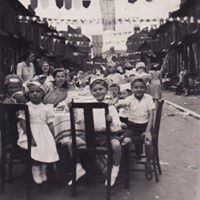What is Chile's national red wine?
Before the 1870s, Carménère was a prevalent blending grape in Bordeaux, its original birthplace, and found mostly in Graves and the Pessac-Léognan regions of France. However, due to the phylloxera infestation, nearly all the Carménère vines – along with most of the vineyards in Bordeaux – were wiped out. Grape phylloxera ("Daktulosphaira vitifoliae") is a small, less than 1 mm, aphid-like insect that lives and feeds on the roots of grapevines. Root damage caused by phylloxera results in grapevine decline and eventually death of the plant.
The name "Carménère" originates from the French word for crimson ("carmin") which refers to the brilliant crimson colour of the autumn foliage prior to leaf-fall, as it can be seen in the photo.
Carménère was first brought to Chile in the mid-1800s and was thought to be Merlot until 1994. The four grapes of Merlot, Carménère, Cabernet Sauvignon, and Hondarribi Beltza have the same parent, which is Cabernet Franc. It is a medium body wine, with soft tannins, and an alcohol range between 14.5–15%.
Carménère is now rarely found in France. The world's largest area planted with this variety is in Chile, with more than 8,800 hectares (as at 2009) cultivated in the Central Valley.
Carménère celebrated 20 years as the officially recognized national variety in Chile in 2018. The name was approved by national law in 1998.
Carménère Day is celebrated on November 24th.
More Info:
en.wikipedia.org


